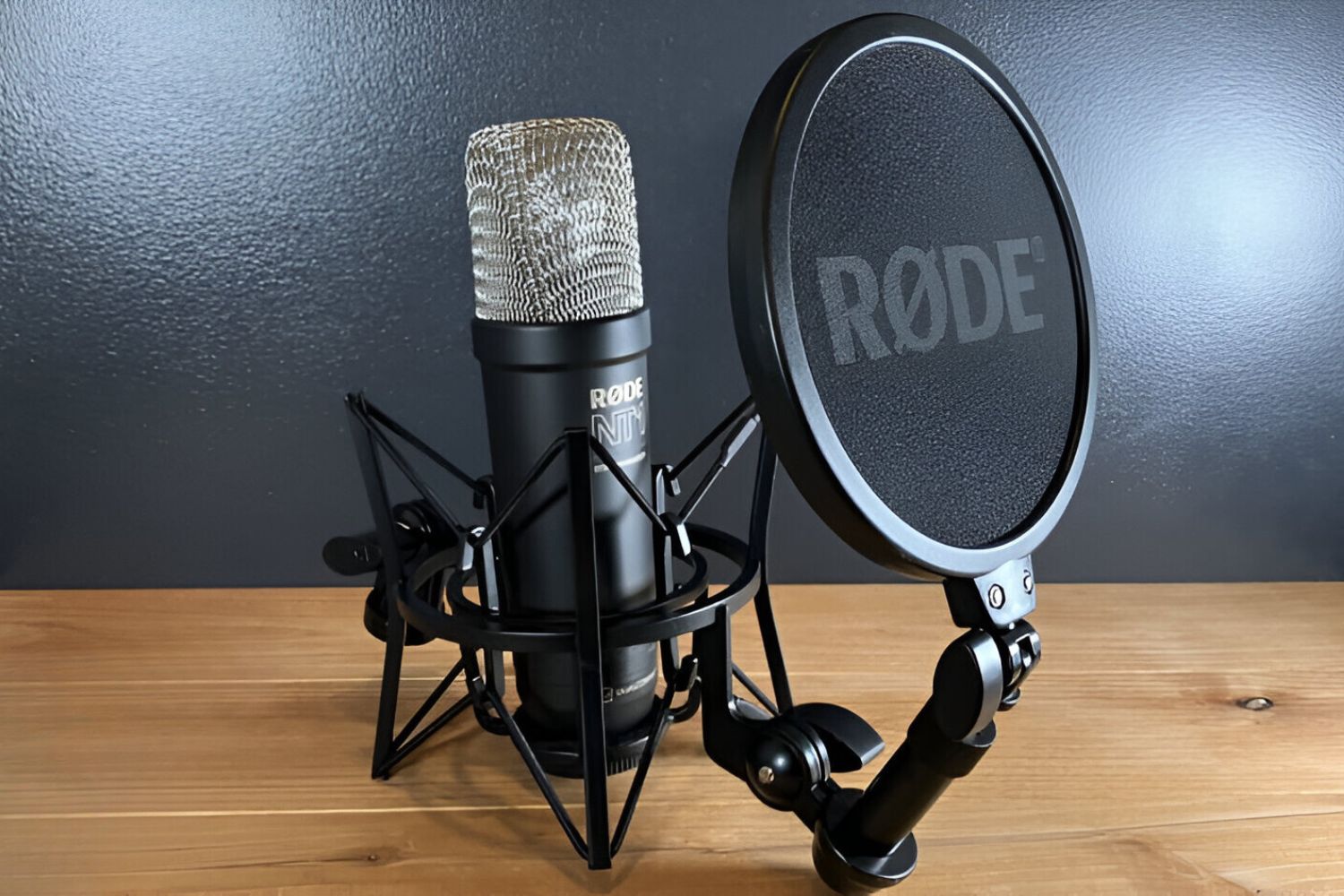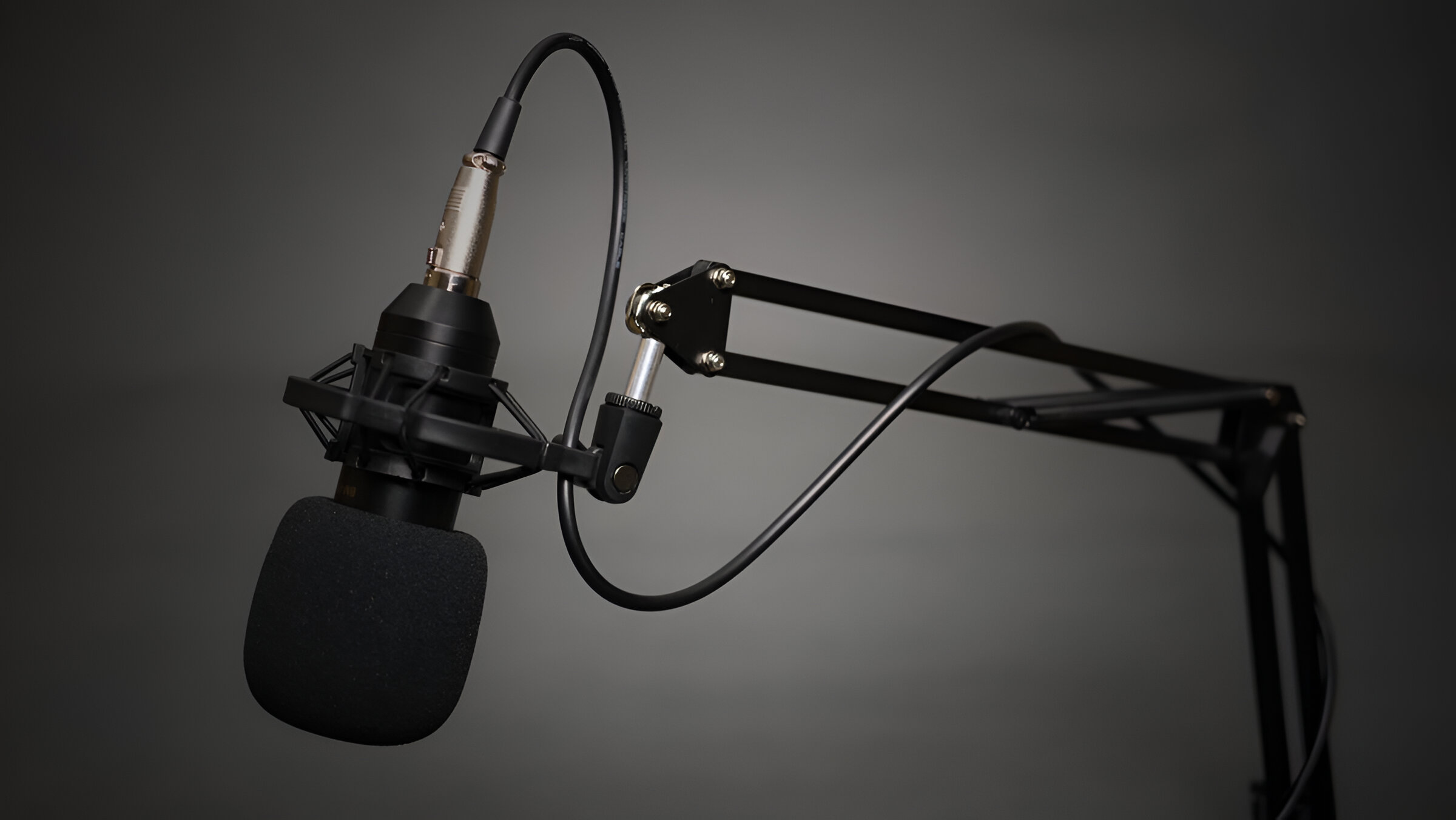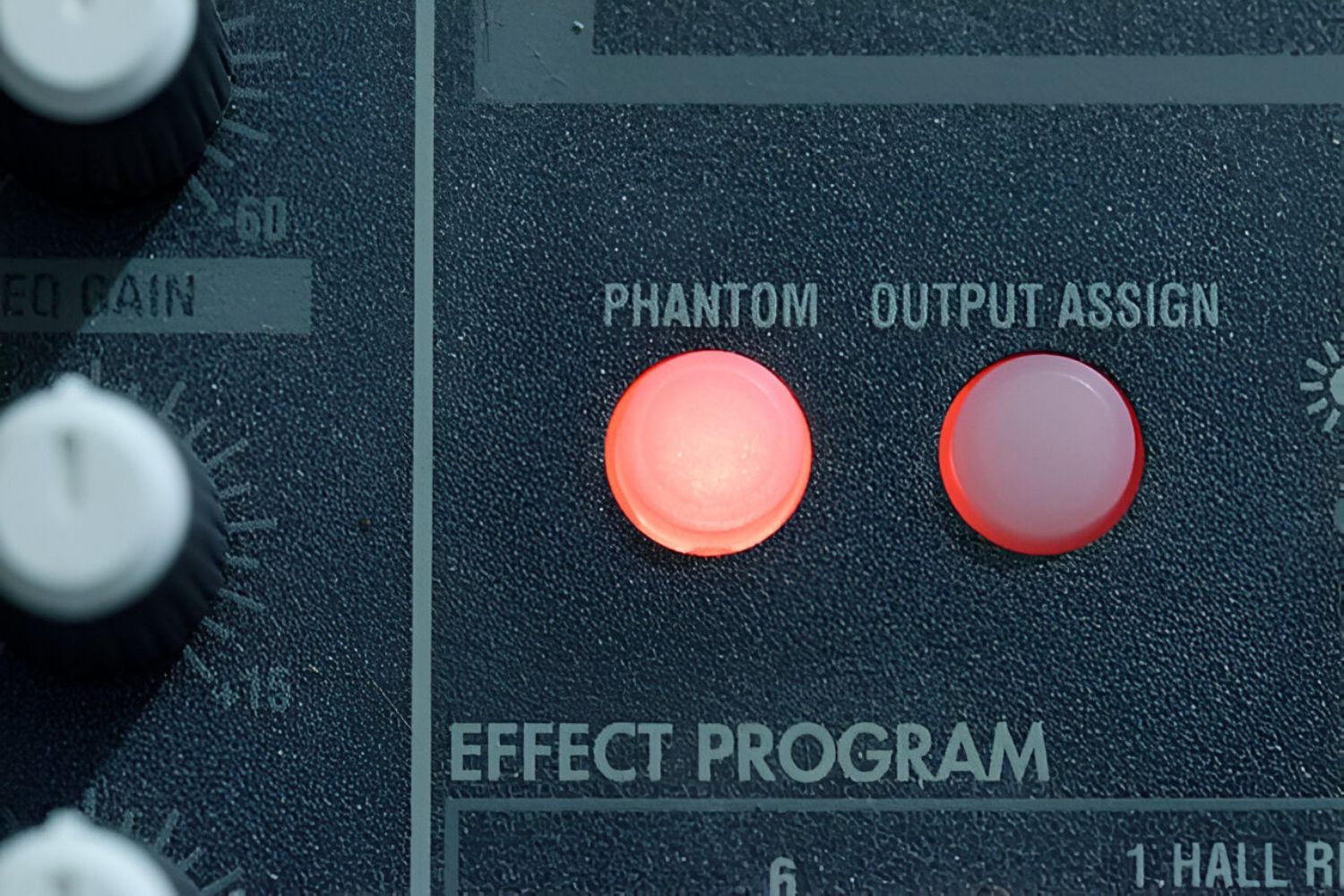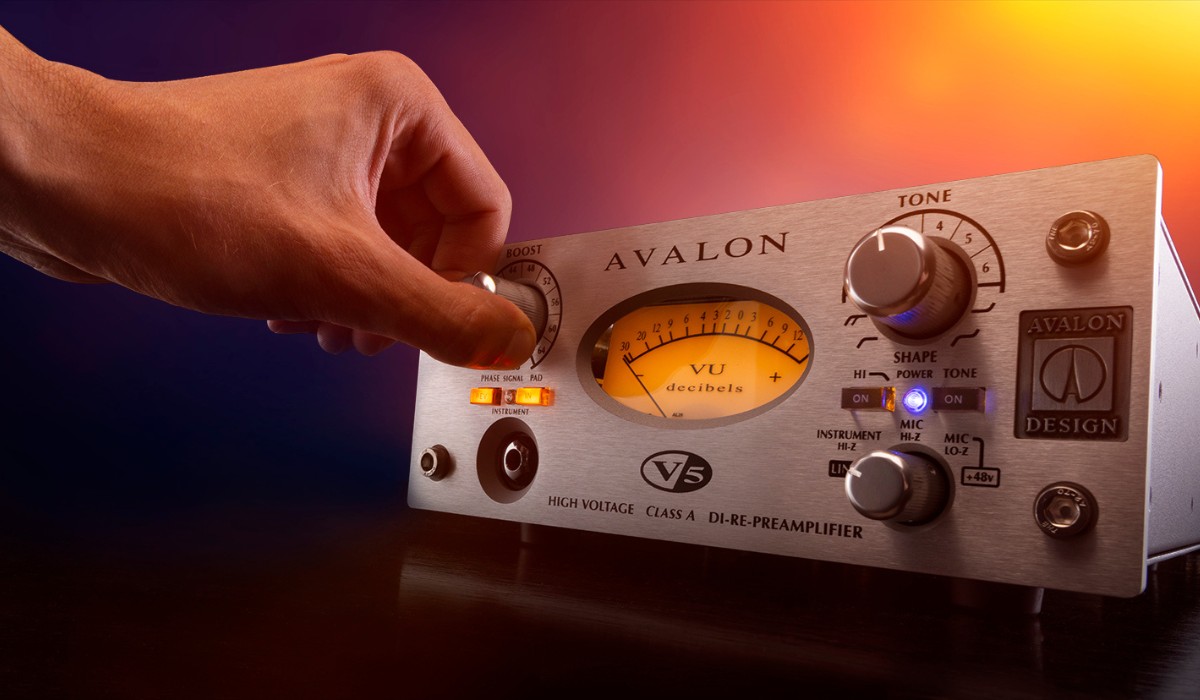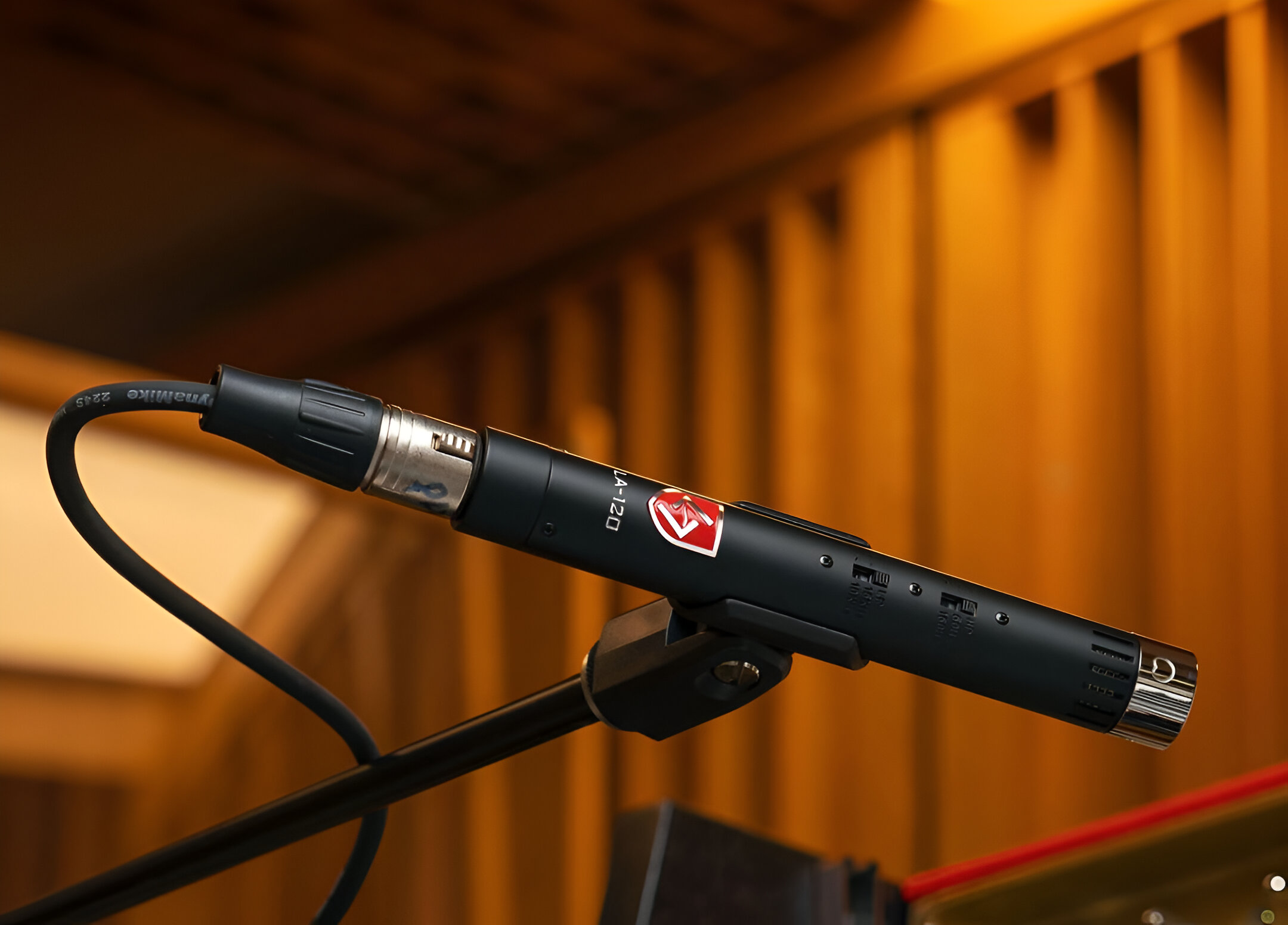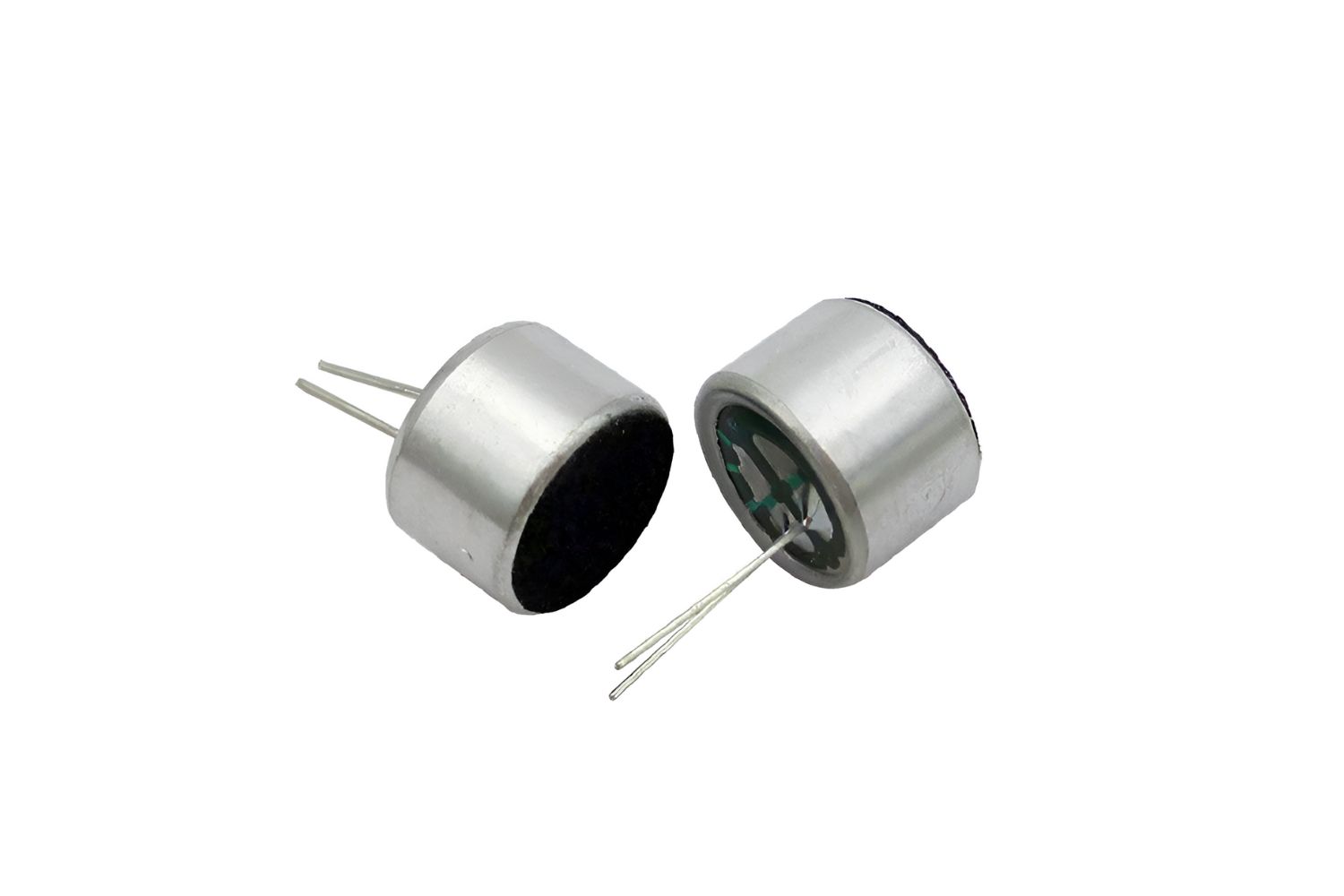Introduction
Microphones play a pivotal role in capturing sound and have significantly contributed to the evolution of audio technology. Among the various types of microphones, the condenser microphone stands out as a remarkable invention that revolutionized the field of audio recording and broadcasting. Understanding the origins and development of the condenser microphone provides valuable insights into the progression of audio technology and the individuals who pioneered its creation.
The story behind the invention of the condenser microphone is a fascinating journey filled with innovation, perseverance, and ingenuity. Exploring the early development of microphones, the specific circumstances that led to the creation of the condenser microphone, and the contributions of different inventors allows us to appreciate the profound impact of this invention on the audio industry.
This article delves into the historical context, the pioneering individuals, and the technological advancements that culminated in the creation of the condenser microphone. By examining the journey from the early days of microphone development to the groundbreaking invention of the condenser microphone, we gain a deeper understanding of the significant impact this invention has had on various fields, including music production, telecommunications, and audio engineering.
The condenser microphone's invention marks a pivotal moment in the history of audio technology, and its evolution continues to shape the way we capture and reproduce sound. Join us on this captivating exploration of the origins, inventors, and enduring legacy of the condenser microphone.
Early Development of Microphones
The evolution of microphones dates back to the 19th century, a time of remarkable innovation and experimentation in the field of audio technology. The early development of microphones was marked by the quest to efficiently convert sound waves into electrical signals for amplification and recording. In 1876, Alexander Graham Bell’s invention of the first practical telephone provided the initial impetus for microphone development, as the need to transmit and amplify sound became increasingly apparent.
One of the earliest microphone designs was the carbon microphone, which utilized carbon granules to modulate an electric current in response to sound waves. This pioneering invention, patented by Emile Berliner in 1877, laid the foundation for subsequent advancements in microphone technology. The carbon microphone became widely used in early telephony and broadcasting systems, demonstrating the practical application of microphone technology in facilitating long-distance communication.
As the demand for improved audio capture and transmission grew, inventors and engineers sought to enhance the sensitivity and fidelity of microphones. This pursuit led to the development of the dynamic microphone, which utilized electromagnetic induction to convert sound waves into electrical signals. The dynamic microphone’s robustness and versatility made it a staple in various audio applications, from live performances to studio recording.
Simultaneously, the invention of the condenser microphone was on the horizon, poised to introduce a new era of precision and clarity in audio capture. The early development of microphones laid the groundwork for the technological advancements that culminated in the creation of the condenser microphone, marking a significant milestone in the evolution of audio recording and communication.
As we delve deeper into the historical progression of microphone technology, we gain valuable insights into the ingenuity and perseverance of the individuals who paved the way for groundbreaking innovations in audio engineering. The early development of microphones not only transformed the way we capture and reproduce sound but also set the stage for the emergence of the condenser microphone, a revolutionary invention that continues to shape the landscape of modern audio technology.
The Invention of the Condenser Microphone
The invention of the condenser microphone, also known as the capacitor microphone, marked a paradigm shift in audio technology. The condenser microphone operates on the principle of capacitance variation, where sound waves cause the distance between two charged plates to fluctuate, resulting in the modulation of an electrical signal. This innovative design, which differs from the dynamic and carbon microphone technologies, introduced a new level of sensitivity and precision in sound capture.
The pivotal moment in the creation of the condenser microphone can be attributed to the work of E.C. Wente and A.L. Thuras at Bell Laboratories in the early 1910s. Their research and experimentation led to the development of the first practical condenser microphone, which featured a diaphragm and a backplate separated by a small air gap. This configuration allowed for the conversion of acoustic signals into electrical variations through changes in capacitance, laying the foundation for the modern condenser microphone design.
One of the key advantages of condenser microphones is their ability to capture subtle nuances and high-frequency details with exceptional clarity and accuracy. This attribute makes condenser microphones indispensable in professional audio recording, studio environments, and critical sound-capturing applications where fidelity and precision are paramount.
Furthermore, the invention of the condenser microphone spurred advancements in miniaturization and improved frequency response, leading to the development of electret condenser microphones, which utilize a permanently charged material to maintain capacitance. This innovation significantly expanded the accessibility and versatility of condenser microphones, making them integral components in a wide range of audio devices, including smartphones, digital recorders, and video cameras.
The invention of the condenser microphone represents a watershed moment in the history of audio technology, revolutionizing the way sound is captured, amplified, and reproduced. Its enduring legacy continues to shape the landscape of audio engineering and has solidified its position as an indispensable tool for professionals and enthusiasts alike.
Contributions of Different Inventors
The evolution of the condenser microphone involved the contributions of several pioneering inventors and engineers who played instrumental roles in refining and expanding the capabilities of this groundbreaking technology. Notably, Georg Neumann, a German engineer and founder of Georg Neumann GmbH, made significant strides in advancing condenser microphone design and manufacturing. Neumann’s meticulous attention to detail and pursuit of sonic excellence resulted in the creation of iconic condenser microphones renowned for their unparalleled sound quality and craftsmanship.
Another influential figure in the realm of condenser microphones is James M. West, whose pioneering work at Bell Laboratories led to the development of the electret condenser microphone. West’s innovative contributions to microphone technology, including the invention of the foil electret transducer, revolutionized the miniaturization and mass production of condenser microphones, paving the way for their widespread integration into consumer electronics and telecommunications devices.
Furthermore, the collaborative efforts of Ray Milton Dolby, an American engineer and founder of Dolby Laboratories, significantly impacted condenser microphone technology. Dolby’s advancements in noise reduction and audio signal processing complemented the capabilities of condenser microphones, resulting in enhanced sound fidelity and recording precision. His pioneering work in audio engineering and technology integration elevated the performance and versatility of condenser microphones in professional recording studios and film production.
Additionally, the innovative contributions of Rupert Neve, a legendary audio engineer and entrepreneur, extended the application of condenser microphones in the realm of sound reinforcement and live performance. Neve’s dedication to sonic excellence and his pioneering designs in microphone preamplifiers and audio consoles enhanced the compatibility and performance of condenser microphones in diverse audio production environments, further solidifying their reputation as indispensable tools for audio professionals.
These inventors and engineers, among others, have collectively shaped the trajectory of condenser microphone technology, elevating its capabilities, versatility, and sonic fidelity. Their enduring contributions continue to inspire innovation and drive the evolution of condenser microphone design, ensuring that this transformative technology remains at the forefront of audio engineering and sound capture.
Impact and Evolution of Condenser Microphones
The impact of condenser microphones on the audio industry has been profound, shaping the evolution of sound capture, reproduction, and recording technology. The unparalleled sensitivity, extended frequency response, and exceptional transient accuracy of condenser microphones have positioned them as indispensable tools in professional audio production, broadcasting, and live sound reinforcement.
One of the defining characteristics of condenser microphones is their ability to faithfully capture intricate sonic details and nuances, making them the preferred choice for recording vocals, acoustic instruments, and orchestral ensembles in studio environments. The evolution of condenser microphone technology has led to the development of multi-pattern and large-diaphragm condenser microphones, offering audio engineers and recording artists versatile options for tailoring sound capture to specific recording scenarios.
Furthermore, the integration of condenser microphones into broadcast and telecommunications systems has revolutionized the clarity and fidelity of audio transmission, enabling enhanced voice reproduction and acoustic accuracy in teleconferencing, podcasting, and live broadcasting applications. The compact and lightweight nature of condenser microphones has also facilitated their widespread adoption in field recording, documentary filmmaking, and electronic news gathering, empowering content creators to capture high-quality audio in diverse environments.
The evolution of condenser microphones has been marked by advancements in transducer technology, signal processing, and miniaturization, leading to the proliferation of miniature condenser microphones and lavalier microphones in wireless communication, theatrical productions, and immersive audio recording. Additionally, the incorporation of advanced materials and precision manufacturing techniques has elevated the durability, performance, and environmental adaptability of condenser microphones, ensuring their reliability in challenging acoustic conditions.
Moreover, the impact of condenser microphones extends beyond professional audio applications, permeating consumer electronics, gaming peripherals, and virtual reality systems, where the demand for high-fidelity audio capture and immersive sound experiences continues to drive innovation and integration. The evolution of condenser microphone technology has transcended traditional audio recording and broadcasting, influencing the realms of augmented reality, virtual conferencing, and interactive entertainment.
As condenser microphones continue to evolve and diversify, their enduring impact on audio technology reaffirms their status as indispensable tools for capturing, reproducing, and experiencing sound with uncompromising fidelity and precision.
Conclusion
The journey of the condenser microphone, from its inception to its pervasive influence in the audio industry, embodies a legacy of innovation, precision, and sonic excellence. The pioneering spirit of inventors and engineers, coupled with advancements in transducer technology, signal processing, and material science, has propelled the evolution of condenser microphones, shaping their impact across diverse audio applications.
From the early days of microphone development to the groundbreaking invention of the condenser microphone, the pursuit of capturing sound with unparalleled fidelity and accuracy has been a driving force in audio technology. The contributions of visionary individuals, such as E.C. Wente, A.L. Thuras, Georg Neumann, James M. West, Ray Milton Dolby, and Rupert Neve, among others, have left an indelible mark on the evolution of condenser microphone technology, expanding its capabilities and applications.
The impact of condenser microphones extends beyond professional recording studios and broadcast facilities, permeating consumer electronics, telecommunications, and immersive entertainment platforms. The versatility, sensitivity, and sonic clarity of condenser microphones have redefined the standards of audio capture and reproduction, enabling artists, engineers, content creators, and consumers to experience sound with unprecedented realism and fidelity.
As condenser microphones continue to evolve, driven by technological innovation and creative ingenuity, their legacy as indispensable tools for capturing the essence of sound remains unwavering. The enduring impact and evolution of condenser microphones reaffirm their pivotal role in shaping the sonic landscape of the past, present, and future.
Join us in celebrating the remarkable journey of the condenser microphone—a testament to the transformative power of human creativity, engineering excellence, and the enduring quest for sonic perfection.









